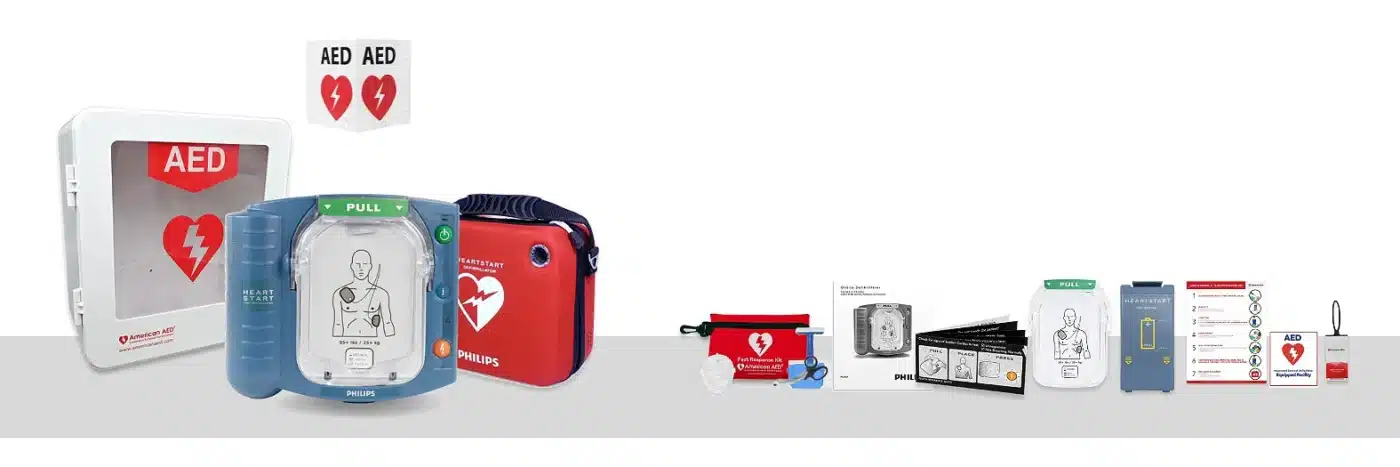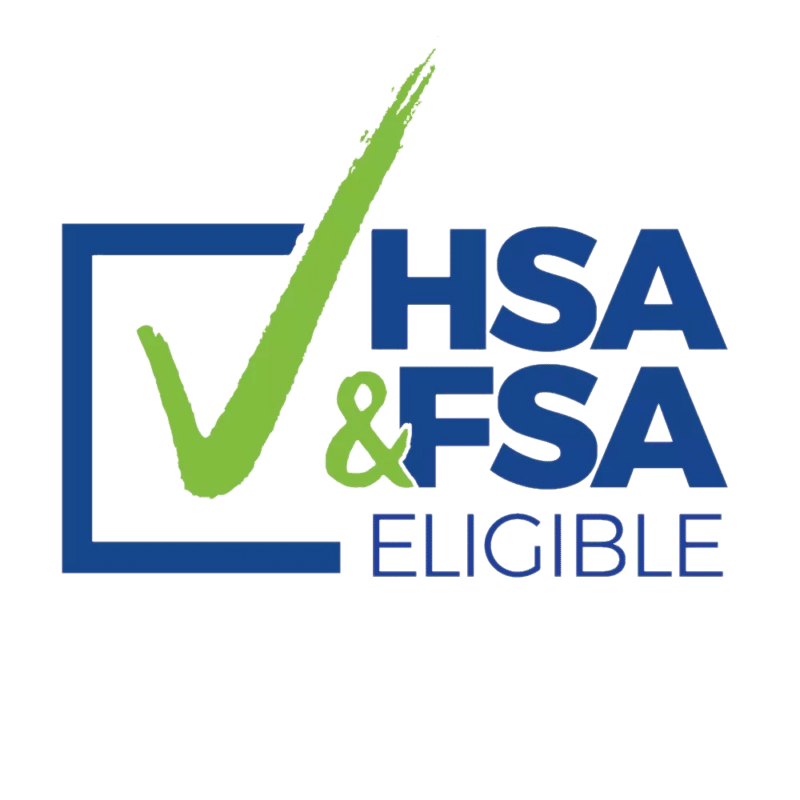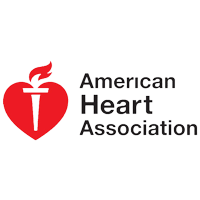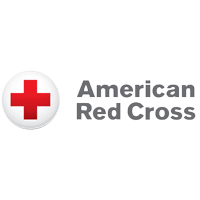No products in the cart.
AED's
AEDs For Stroke Response: Immediate Defibrillation for Stroke Patients
Automated External Defibrillators (AEDs) are devices designed to deliver electric shocks to restore normal heart rhythm in cases of sudden cardiac arrest (SCA). They have revolutionized how doctors respond to cardiac emergencies, significantly improving survival rates; yet their role in stroke response raises serious questions about their place and benefits AEDs For Stroke patients.
Strokes and Sudden Cardiac Arrest

Strokes occur when blood flow to a part of the brain is interrupted due to either blockage (ischemic stroke) or bleeding (hemorrhagic stroke), with symptoms ranging from sudden numbness or weakness to confusion, trouble speaking, and severe headaches. Sudden cardiac arrest refers to sudden heart function loss caused by irregular heartbeat conditions like ventricular fibrillation or tachycardia causing sudden loss.
AEDs For Stroke and cardiac arrests may seem to be two different medical emergencies, yet their symptoms sometimes overlap. A stroke patient could potentially suffer cardiac arrest as a result of overexertion by his/her heart or an existing cardiovascular disorder; to ensure proper care is administered, it’s critical to differentiate these conditions accurately to provide appropriate assistance.
How AEDs Play A Role in Stroke Management
AEDs are designed to detect and treat life-threatening arrhythmias such as ventricular fibrillation and tachycardia; however, they cannot address other sources of stroke such as blood clots or hemorrhages. Stroke emergency with AED aims to restore normal rhythm within the heart; however, this approach fails in cases where issues lie with brain blood supply instead of heart rhythm alone.
Statistics and Clinical Guidelines
The American Heart Association (AHA) reports a survival rate for out-of-hospital cardiac arrest of roughly 10%; using AEDs significantly improves this number. Studies demonstrate an approximate 40% improvement when used together with CPR (cardiopulmonary resuscitation), underlining their significance when applied during cardiac emergencies; this statistic does not apply in stroke emergencies.
NINDS notes that stroke treatment must be given immediate medical attention due to time pressure; the effectiveness of interventions such as tissue plasminogen activator (tPA) tends to diminish after 3-4.5 hours from symptoms arising, so immediate medical care and attention may need to focus on managing rather than defibrillation of stroke symptoms.
Why AEDs Shouldn’t be Prescribed for Stroke Patients
AEDS for stroke is not meant for use in treating stroke. A stroke disrupts brain blood flow, so treatment for one consists of either restoring it or mitigating its impact; defibrillation doesn’t apply in these circumstances because its primary focus lies on cardiac rhythm problems rather than neurological ones.
Applying AEDs inappropriately could also prove hazardous; AEDs are designed to deliver shocks into irregularly rhythming hearts; using them without defibrillation is likely to result in unnecessary injury and complications for non-cardiac arrest patients.
Stroke and Cardiac Arrest Coexist
At times, stroke patients may also suffer a cardiac arrest as the result of complications incurred from their condition or an underlying cardiac issue. When this happens, a Stroke emergency with AED becomes especially important; but prioritizing verification that defibrillation is needed.
Immediate Action and Accurate Diagnosis for Successful Outcome
Responding immediately to stroke symptoms means activating emergency medical services and administering treatments such as tPA within their treatment window, should they apply. CPR and AED for strokes use may become essential if collapse occurs or cardiac arrest signs appear; however, these steps must only take place once the cardiac emergency has been recognized as such.
Recognizing a stroke requires recognizing symptoms like facial drooping, arm weakness, and speech issues – commonly remembered by their acronym FAST (Face, Arms, Speech, and Time). If someone with stroke symptoms collapses suddenly we must assess for responsiveness and breathing before considering using an AED device as quickly as possible.
Education and Training
Proper training of laypeople and first responders is vital in distinguishing strokes from cardiac arrests. CPR/First Aid courses provided by organizations like the American Red Cross or American Heart Association emphasize recognizing symptoms early and reacting accordingly; training sessions often feature scenarios in which cardiac emergencies and strokes overlap, so individuals learn how best to respond in both scenarios effectively.
Conclusion
While AEDs play an essential part in treating cardiac emergencies, their utility in responding to stroke emergencies is somewhat limited and indirect. Immediate defibrillation does not treat stroke itself but instead certain cardiac conditions; understanding these medical emergencies and using AED for strokes properly could save lives in cases of sudden cardiac arrest while having no direct bearing on outcomes due to stroke outcomes.
Effective stroke management relies on prompt medical interventions and appropriate therapies rather than defibrillation alone. Increased awareness regarding various medical emergencies is vital in improving patient outcomes while guaranteeing interventions are both relevant to and efficient for each situation.






